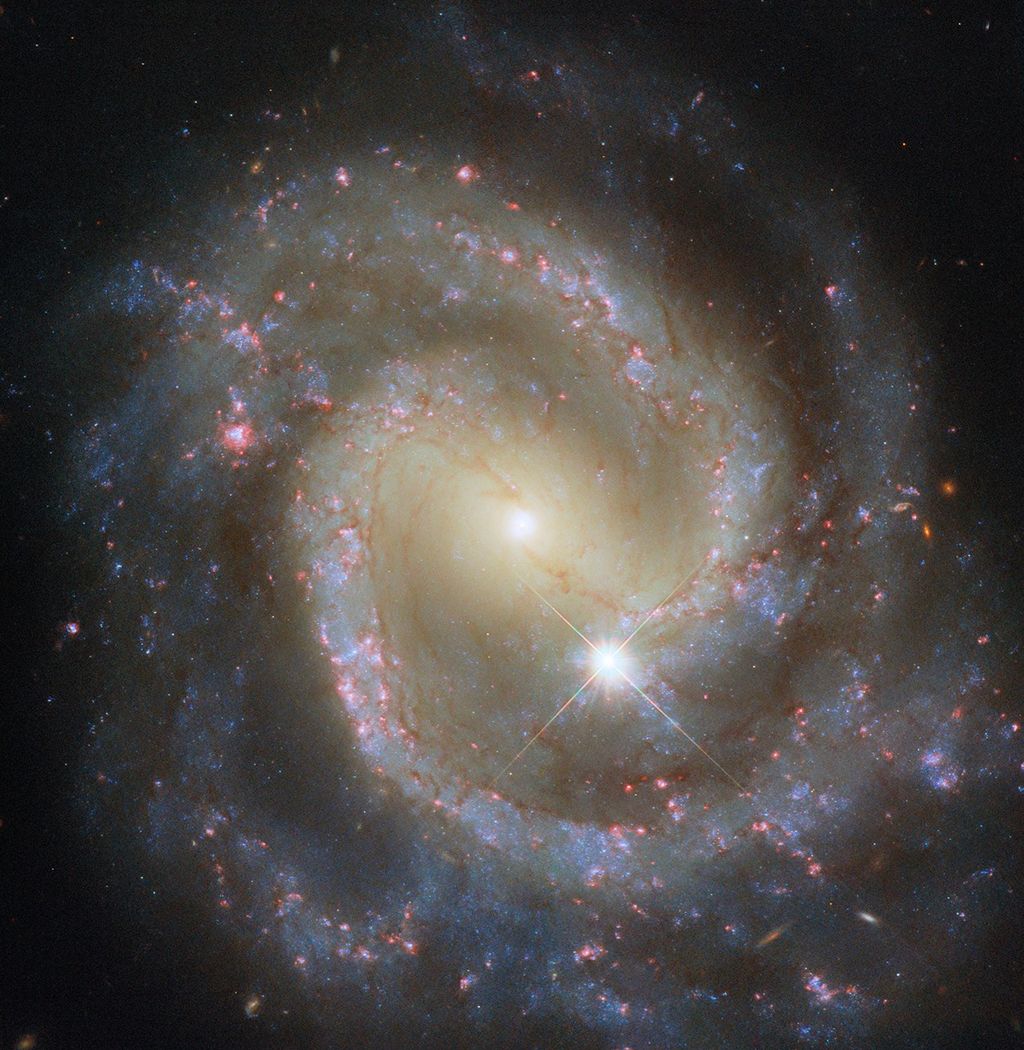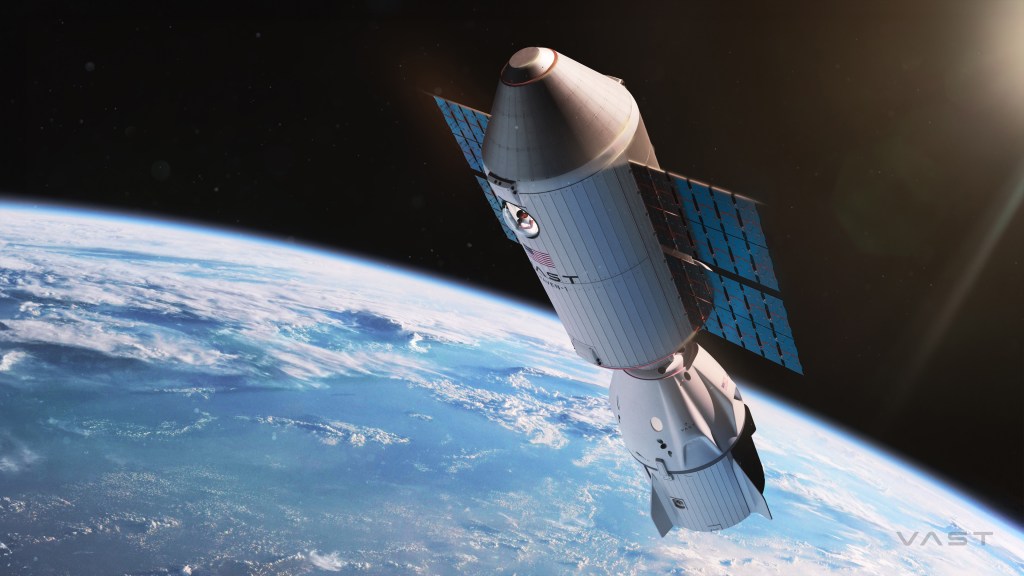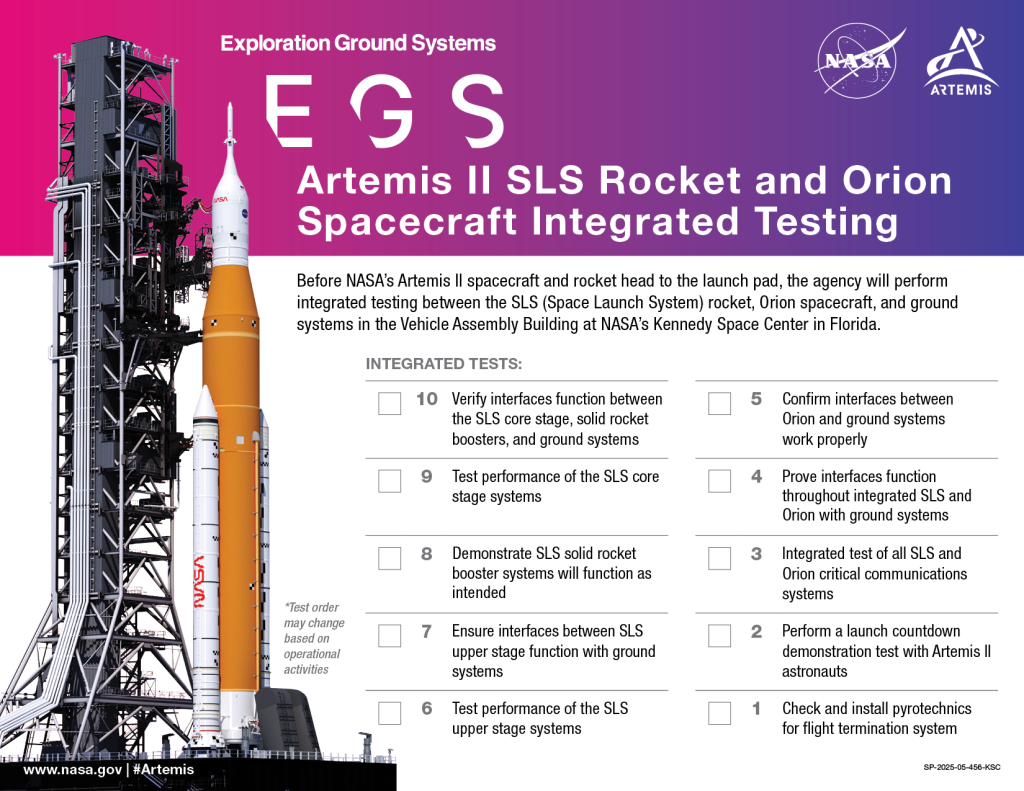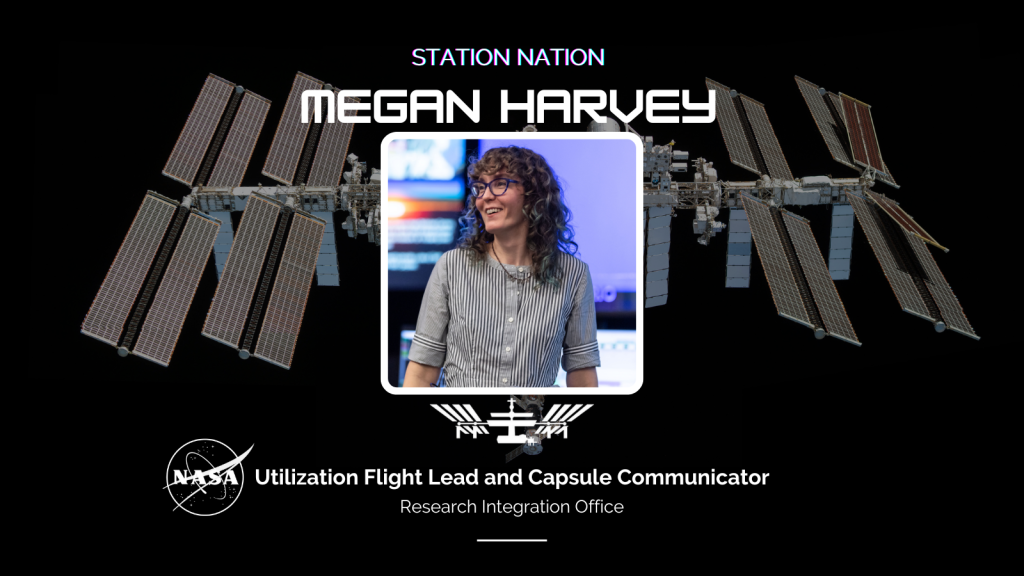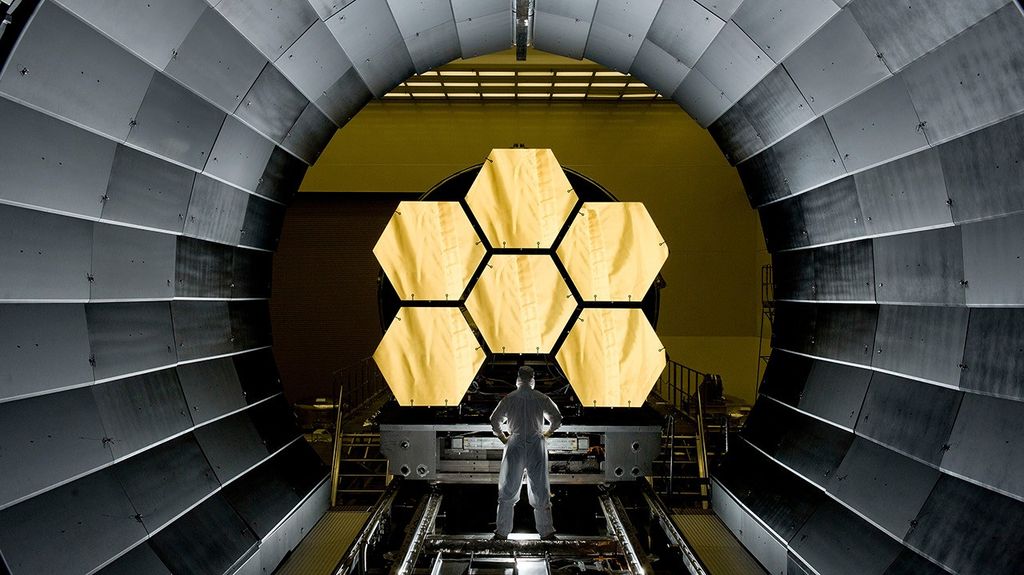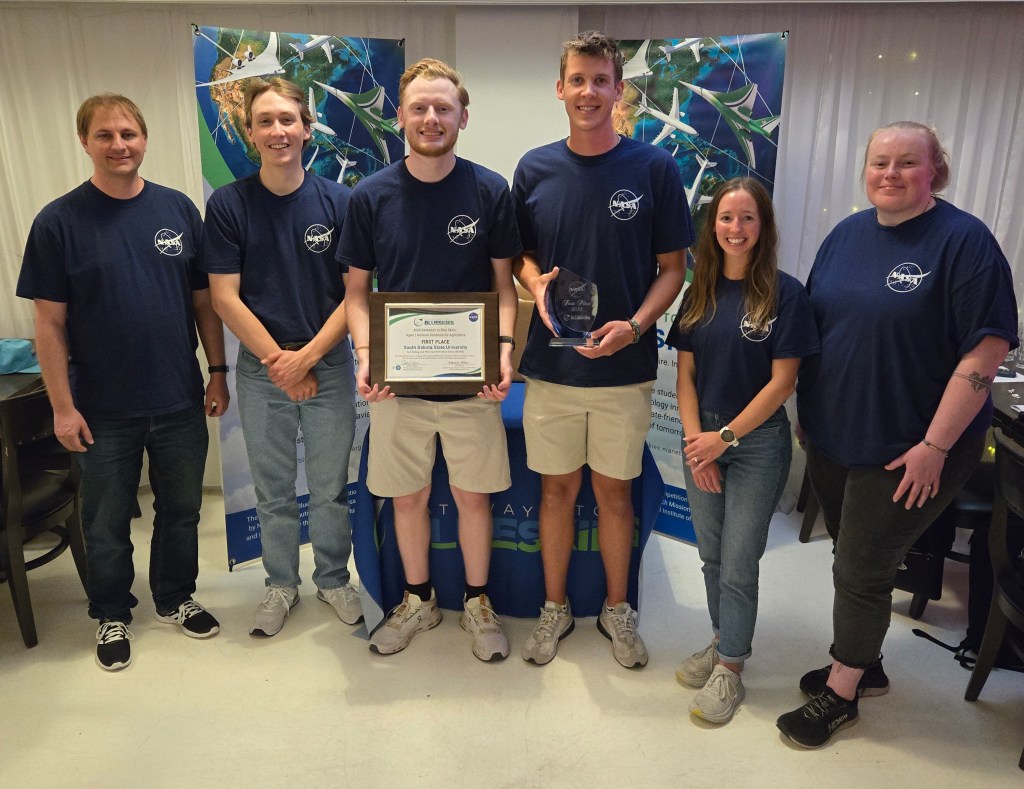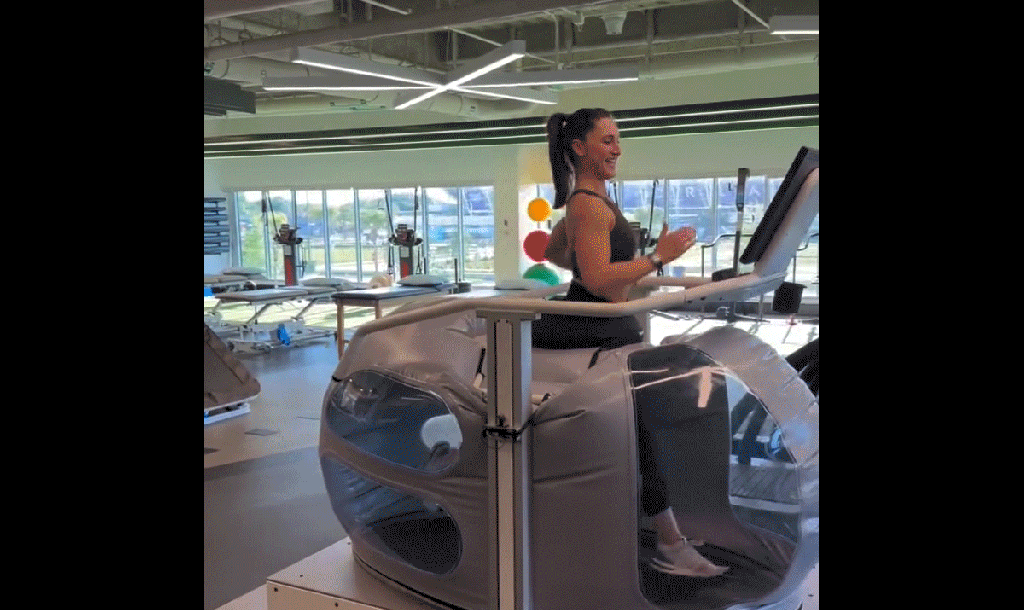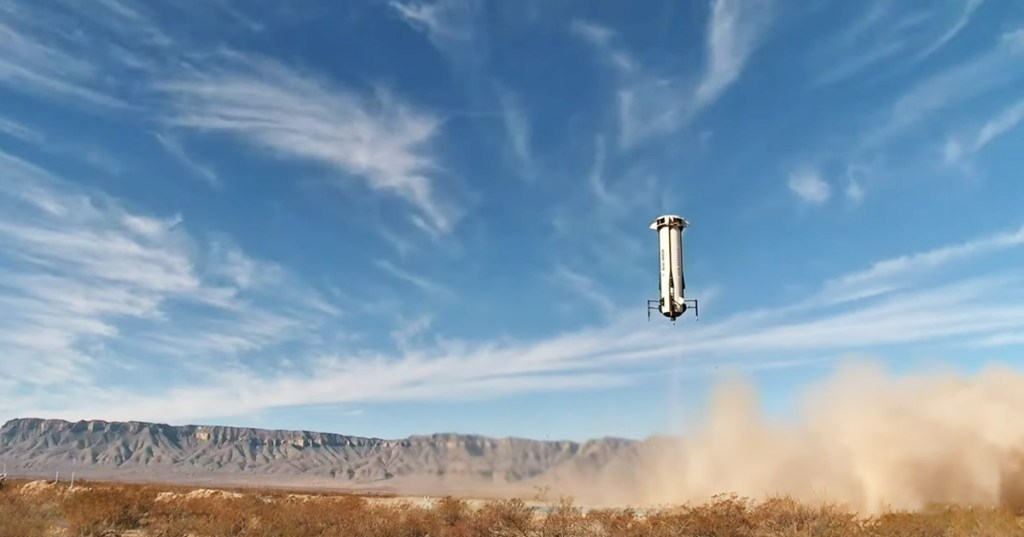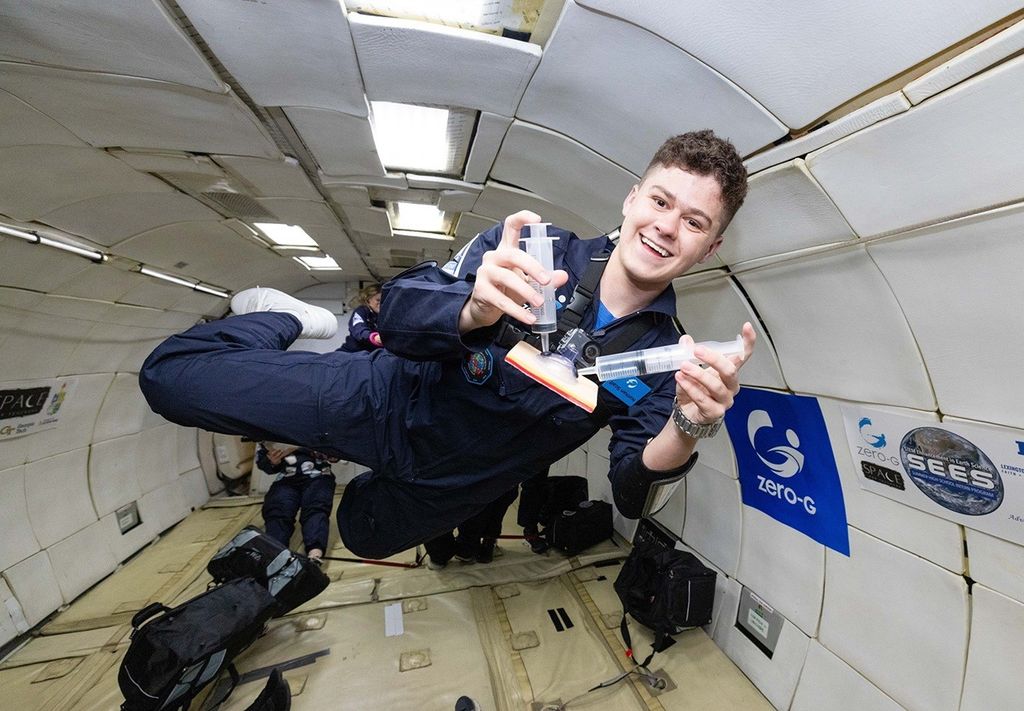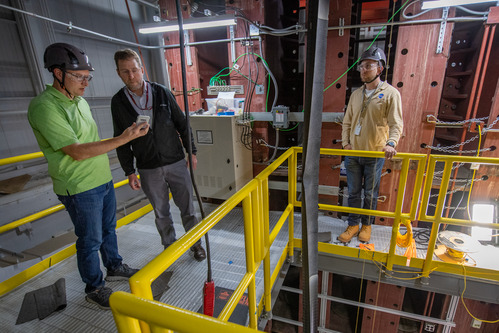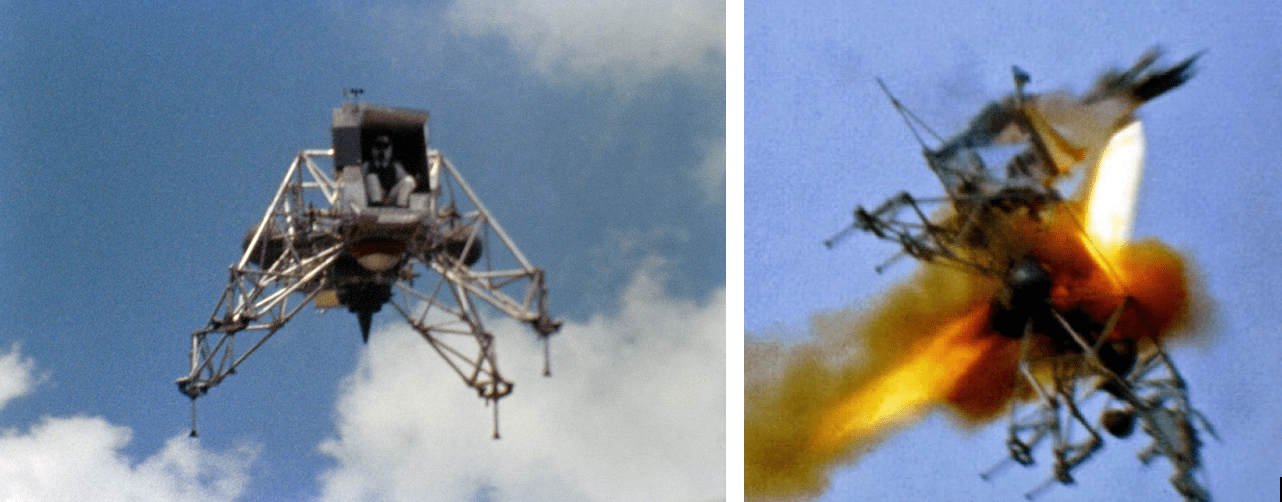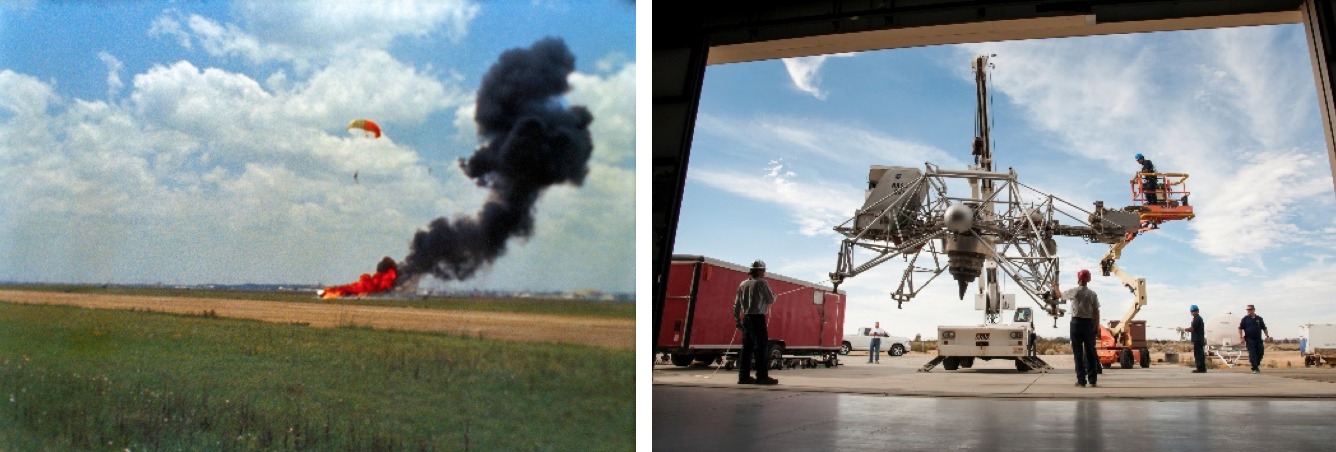On May 6, 1968, astronaut Neil A. Armstrong, then assigned as backup commander for the Apollo 9 mission, took off on a simulated lunar landing mission in Lunar Landing Research Vehicle #1 (LLRV-1) at Ellington Air Force Base near the Manned Spacecraft Center (MSC) in Houston, his 22nd flight of the test vehicle. Armstrong had been airborne about five minutes when he suddenly lost control of the vehicle. About 200 feet above the ground, he chose to eject. While the LLRV crashed and burned on impact Armstrong parachuted safely to Earth and was not injured. MSC Director Robert L. Gilruth appointed an accident investigation board, chaired by Aircraft Operations Office chief Joseph S. Algranti, an experienced LLRV pilot. The crash investigation showed that a loss of helium pressure caused depletion of the hydrogen peroxide used for the reserve attitude thrusters. The vehicle’s instrumentation did not provide adequate warning about the adverse situation. Engineers corrected the problems before flights resumed in October.
One of the most difficult tasks to accomplish President John F. Kennedy’s goal of landing a man on the Moon and returning him safely to the Earth was the actual lunar landing. Astronauts used several tools to train for the landing, and possibly the most critical was the LLRV and its successor the Lunar Landing Training Vehicle (LLTV). Using these vehicles, astronauts mastered the intricacies of landing on the Moon by simulating the Lunar Module’s (LM) performance. Dubbed the “flying bedstead,” the ungainly contraption is “a much unsung hero of the Apollo Program,” according to Apollo 8 astronaut Bill Anders. The open-framed LLRV and LLTV used a downward pointing turbofan engine to counteract five-sixths of the vehicle’s weight to simulate lunar gravity and LM-like thrusters for attitude control. The astronauts were thus able to simulate maneuvering and landing on the lunar surface while still on Earth.
Bell Aerosystems of Buffalo, NY, built the LLRV, the first pure fly-by-wire aircraft to fly in Earth’s atmosphere, meaning it relied exclusively on an interface with three analog computers to convert the pilot’s movements to digital signals transmitted by wire and then execute his commands. These early research and test vehicles aided in the development digital fly-by-wire technology for future aircraft. The LLTVs were overall similar to the LLRVs, but used newer electronic technologies that made them lighter and allowed for improvements in their structural integrity. Bell built two LLRVs and three LLTVs, delivering the first LLRV in April 1964 to NASA’s Flight Research Center (FRC), now Armstrong Flight Research Center, in California, with the initial test flight in October. After completing 198 test flights at FRC, LLRV-1 transferred to Ellington in December 1966, with FRC pilot Jack Kluever completing its first flight there three months later. Armstrong made the first LLRV flight by an astronaut on March 27, 1967. Later, as commander of Apollo 11, Armstrong completed his lunar landing training in LLTV-2, making his final flight just three weeks before the historic Moon landing mission.
Armstrong said of the LLTV: “(The LM) Eagle flew very much like the Lunar Landing Training Vehicle which I had flown more than 30 times…. I had made from 50 to 60 landings in the trainer, and the final trajectory I flew to the landing was very much like those flown in practice. That of course gave me a good deal of confidence – a comfortable familiarity.” Summarizing its usefulness to the Apollo training program, Armstrong said: “It was a contrary machine, and a risky machine, but a very useful one.” All prime and backup Moon landing commanders completed training in the LLTV, and those who landed a LM on the Moon attributed their success to this training.
LLRV-2 is on display at the Air Force Flight Test Museum at Edwards Air Force Base (on loan from Armstrong Flight Research Center).
Read Armstrong’s personal recollection of the crash in his oral history with the JSC History Office: https://www.jsc.nasa.gov/history/oral_histories/ArmstrongNA/armstrongna.htm
For more on LLRV’s, see https://www.hq.nasa.gov/alsj/LLRV_Monograph.pdf
A video of Armstrong’s crash can be viewed at: https://www.youtube.com/watch?v=edk1X1E9fxg

